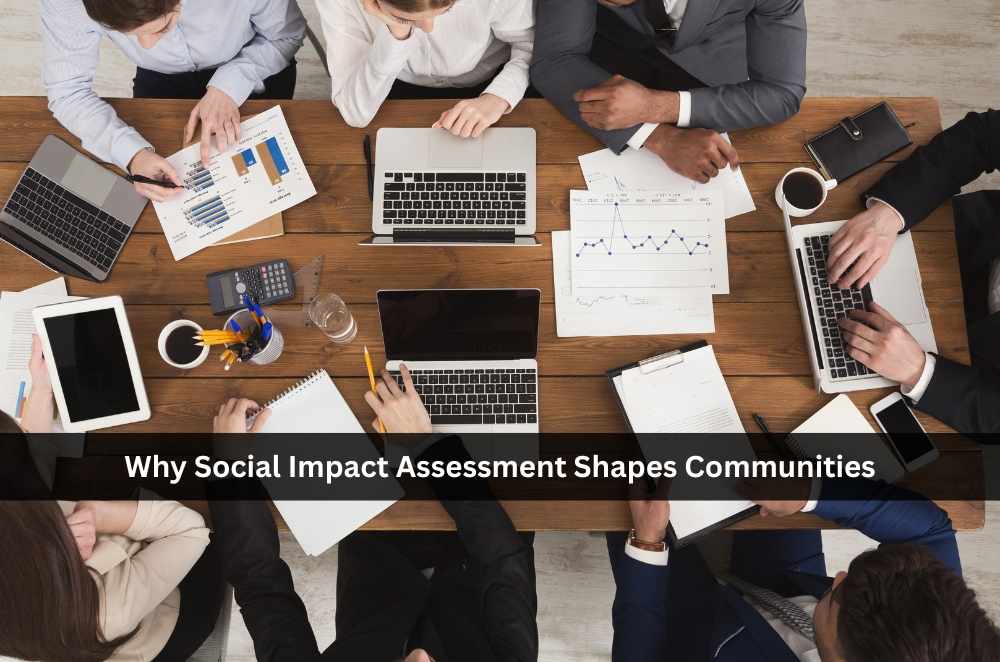
The idea of social impact assessment isn’t just a box-tick, it’s the groundwork for shaping how projects land in real streets and households. New rail lines, housing infill, and renewable hubs—each nudges daily life. The social ledger matters as much as the financial one. People don’t live in spreadsheets; they live in neighbourhoods with history, culture, and obligations. A decent assessment spots risks early and elevates benefits we might otherwise miss. It asks simple, stubborn questions: who gains, who is sidelined, and what changes linger after the ribbon-cutting? Those answers decide whether a proposal earns trust, supports wellbeing, and ultimately deserves the green light. For communities, that difference really counts.
How does social impact assessment affect policy?
Social impact assessment affects policy by putting lived experience into formal decisions. It translates community evidence into requirements that shape design, staging, and mitigation.
Practically, that can flip a project on its head—in the best way. Policies shift when submissions and interviews surface overlooked impacts, safety at night, cultural spaces, childcare access, and rent pressure. Suddenly, the brief includes offsets that people actually value. It also clarifies who holds responsibility at each stage, so commitments don’t vanish between planning and delivery. Crucially, it records baselines, making future evaluations more than a tick-and-flick.
Brings transparency to approvals
Centres equity in outcomes
Sets measurable social commitments
When policy learns from people, it travels further with fewer fights. Working from social impact assessment guidelines gives agencies and proponents a shared playbook and reduces costly confusion.
Why should businesses prioritise social factors?
Businesses should prioritise social factors because overlooked community issues stall projects and burn reputations. Early attention to people's problems saves time, money, and political oxygen.
Stakeholders aren’t an abstract group; they’re tenants, tradies, volunteers, and elders. Get them on side, and procurement, planning, and operations move cleaner. Miss them and you’ll wear delays, redesigns, and formal complaints.
Reduces protest and redesign costs
Builds durable local partnerships
Protects the licence to operate
There’s upside, too. Honest engagement surfaces local suppliers, training pathways, and place-based benefits that spreadsheets miss. When the social story stacks up, investors see less risk, regulators see fewer gaps, and staff feel proud to deliver. That’s not ‘soft’—it’s commercially sharp.
What role does assessment play in resilience?
Assessment plays a key role in resilience by spotting weak points before pressure builds. If we know which groups are most exposed, we can shape projects so the damage never lands as hard. That might look like training workers for new roles before industries change, redesigning public spaces to feel safer at night, or protecting cultural areas long before construction reaches them.
Real resilience isn’t a flashy recovery story—it’s the quieter work that lets people keep living well through change. When those checks happen early, small problems don’t spiral into major community stress, and promises made at the planning table are far easier to keep.
Conclusion
Every development sends ripples through the communities it touches. A well-executed assessment isn’t about ticking boxes; it’s about giving weight to human impacts. When projects acknowledge social dimensions, they stand a better chance of creating trust, fairness, and long-term stability. For those shaping tomorrow’s landscapes, weaving in the threads of social context isn’t optional—it’s essential. That’s why recognising the importance of social assessment frameworks helps ensure decisions aren’t just efficient on paper but meaningful in practice.

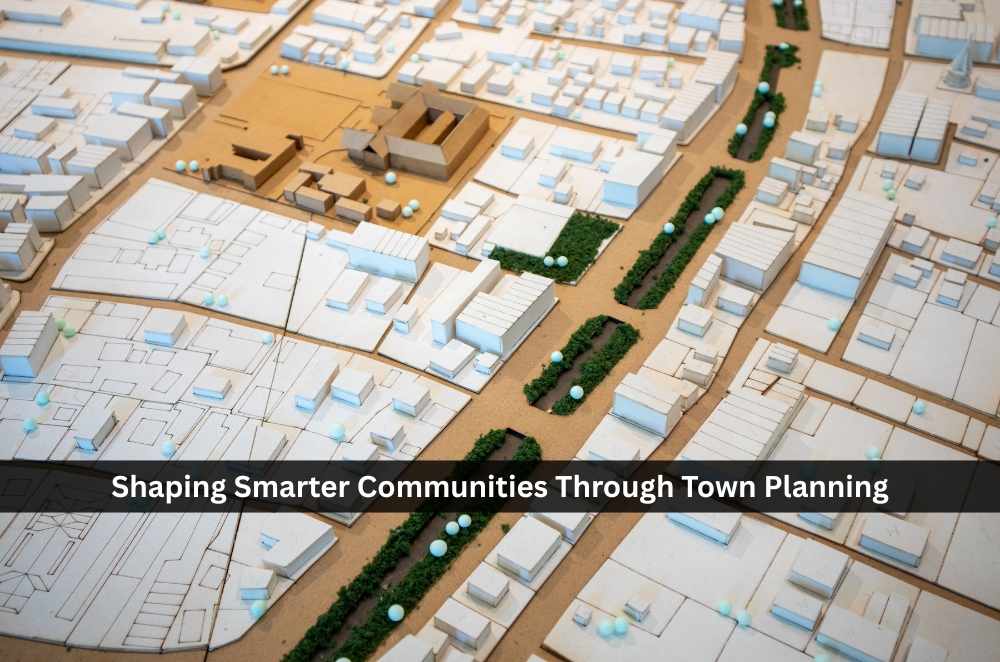
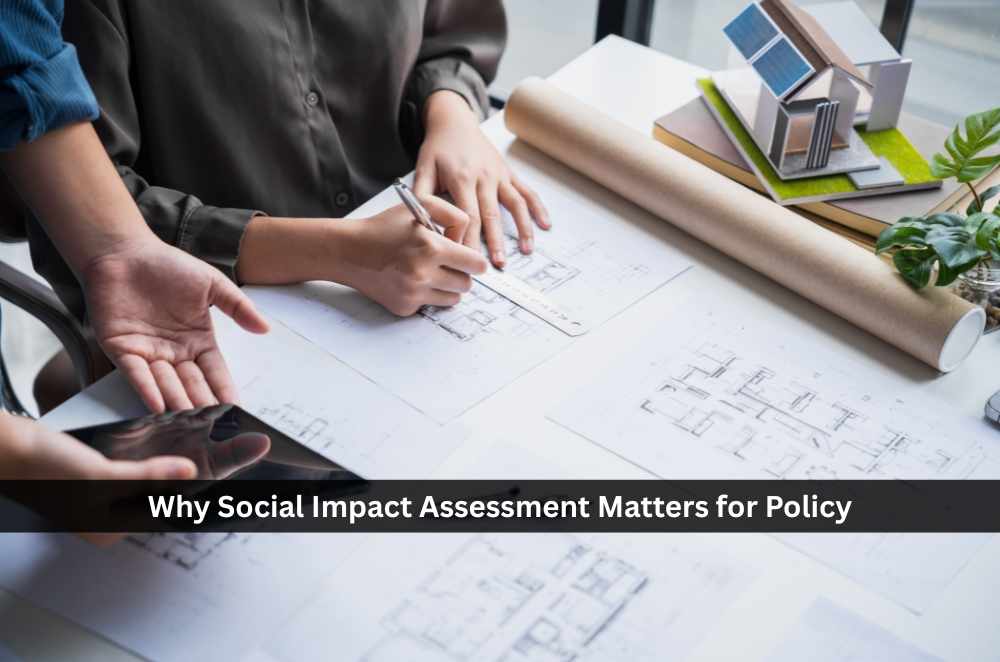
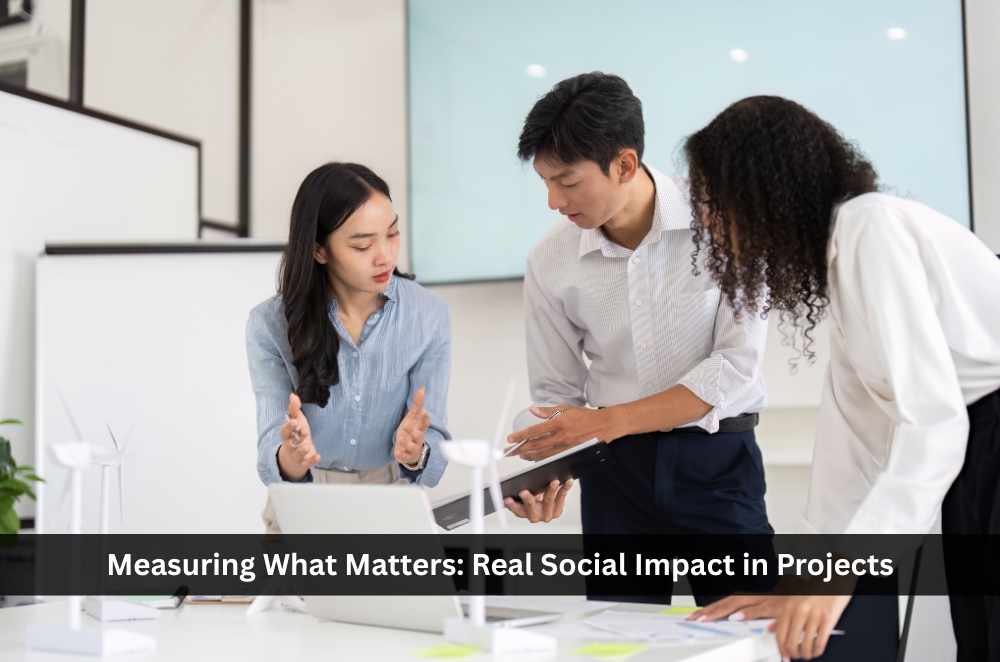
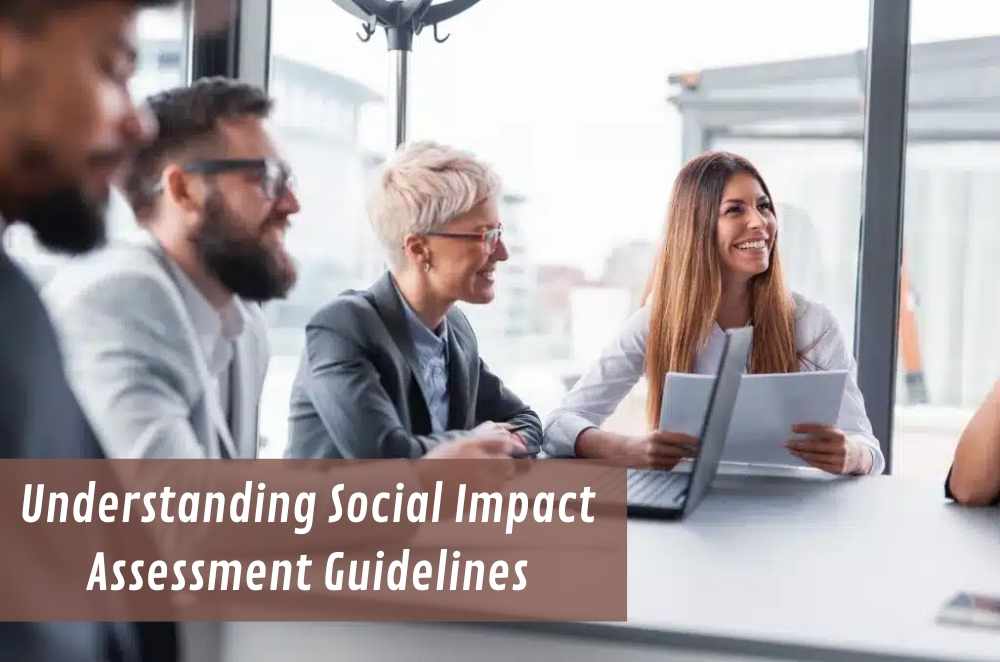




Write a comment ...